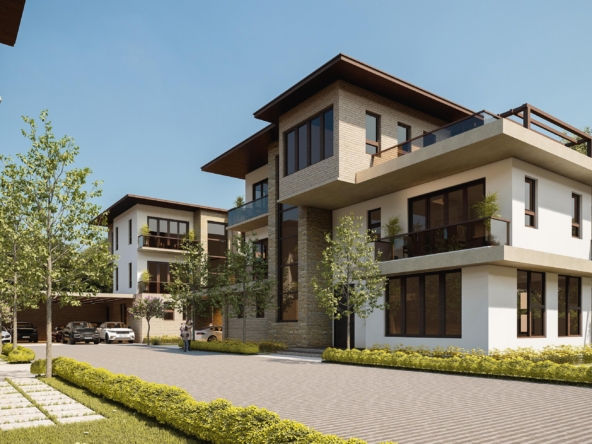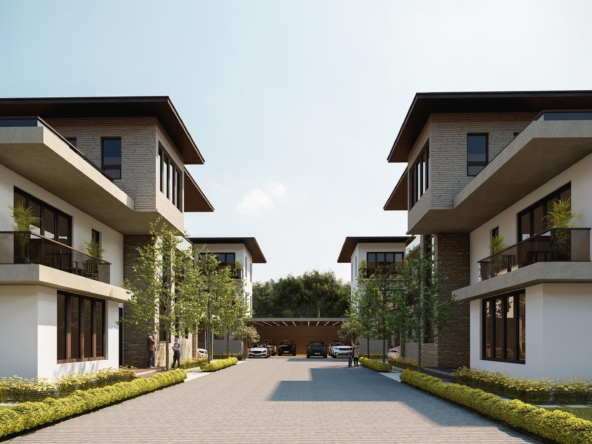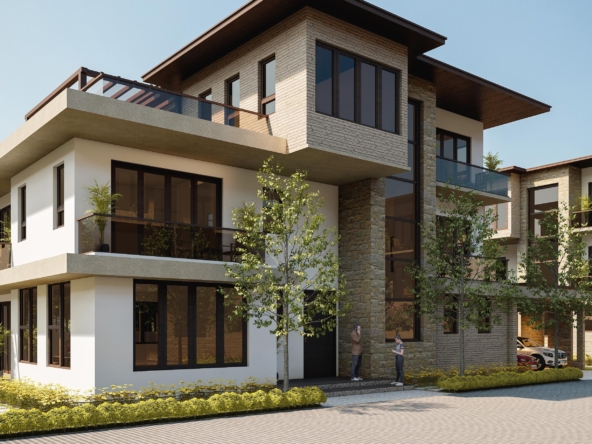How Big is the Real Estate Market in Kenya?
Kenya’s real estate market has experienced significant growth over the past two decades, emerging as one of the most vibrant sectors of the country’s economy. The market has evolved from traditional residential developments to include luxury apartments, commercial properties, retail spaces, and industrial parks, reflecting the country’s dynamic economic landscape. But just how big is Kenya’s real estate market, and what are the key drivers behind its growth?
Market Size and Contribution to GDP
The real estate sector in Kenya accounts for approximately 6-8% of the country’s Gross Domestic Product (GDP), according to the Kenya National Bureau of Statistics (KNBS). This contribution highlights its role as a vital pillar of the economy, second only to sectors like agriculture and manufacturing. Over the past decade, the sector has grown at an average annual rate of 5.3%, driven by increased demand for housing, office space, and retail developments.
In 2023, Kenya’s real estate market was valued at over $3 billion (approximately KES 400 billion), with projections indicating steady growth due to ongoing urbanization and population increases. Nairobi, Mombasa, and Kisumu remain the most active regions, although secondary towns like Nakuru and Eldoret are gaining traction as property investment hubs.
Drivers of Growth
Several factors have propelled the growth of Kenya’s real estate market:
- Urbanization and Population Growth
Kenya’s urbanization rate stands at approximately 4% annually, with Nairobi alone housing over 4.4 million people. The demand for housing, particularly affordable and middle-income homes, has surged as more people move to cities seeking economic opportunities.
- Government Policies and Incentives
The Kenyan government has implemented policies to encourage real estate investment. Initiatives like the Affordable Housing Program under the Big Four Agenda aim to provide 500,000 affordable housing units, creating opportunities for developers and investors.
- Infrastructure Development
Improved infrastructure, such as roads, railways, and utilities, has unlocked previously inaccessible areas, creating new opportunities for real estate developments. Areas along the Nairobi Expressway, for instance, have seen a spike in property prices and developments.
- Growing Middle Class
Kenya’s expanding middle class, with increased disposable income, has fueled demand for homes, retail spaces, and office buildings. This demographic is particularly attracted to gated communities and mixed-use developments offering modern amenities.
Segments of the Real Estate Market
Kenya’s real estate market spans several segments:
Residential Properties: This remains the largest segment, with demand ranging from affordable housing to luxury homes in upscale neighborhoods like Runda, Karen, and Kitisuru.
Commercial Properties: The growth of Nairobi as a regional business hub has increased the demand for office spaces in areas like Westlands, Upper Hill, and Kilimani.
Retail Spaces: The rise of shopping malls such as Two Rivers Mall and The Hub Karen reflects the growing retail market.
Industrial Parks: The expansion of manufacturing and logistics industries has driven demand for warehouses and industrial spaces in areas like Athi River and Ruiru.
Investment Potential
Kenya’s real estate market offers lucrative opportunities for local and international investors. Key areas of investment include:
Off-Plan Developments: Projects like Numa Real Estates KE’s Royal Legend Residence and Crystal Oak Residency have attracted investors seeking high returns.
Luxury Developments: Upscale properties in neighborhoods like Riverside and Lavington continue to attract expatriates, diplomats, and wealthy locals.
Affordable Housing: The government’s push for affordable housing has created opportunities for private developers to partner in delivering these units.
Challenges in the Market
Despite its potential, Kenya’s real estate market faces challenges, including:
High construction costs due to expensive materials and labor.
Inconsistent regulations that hinder investment.
Limited access to affordable financing for developers and buyers.
Conclusion
The real estate market in Kenya is a multi-billion-dollar industry with immense potential for growth. As urbanization and infrastructure development continue, the sector is poised to play an even bigger role in shaping Kenya’s economic landscape. For investors, understanding market trends and leveraging opportunities in high-growth areas like Nairobi’s upmarket neighborhoods is crucial for success.
To learn more about investing in Kenya’s real estate market, contact Numa Real Estates KE at 0717 009425 or email buynow@numarealestate.co.ke. Explore premium property listings and sound investment opportunities on our website at www.numarealestate.co.ke.













